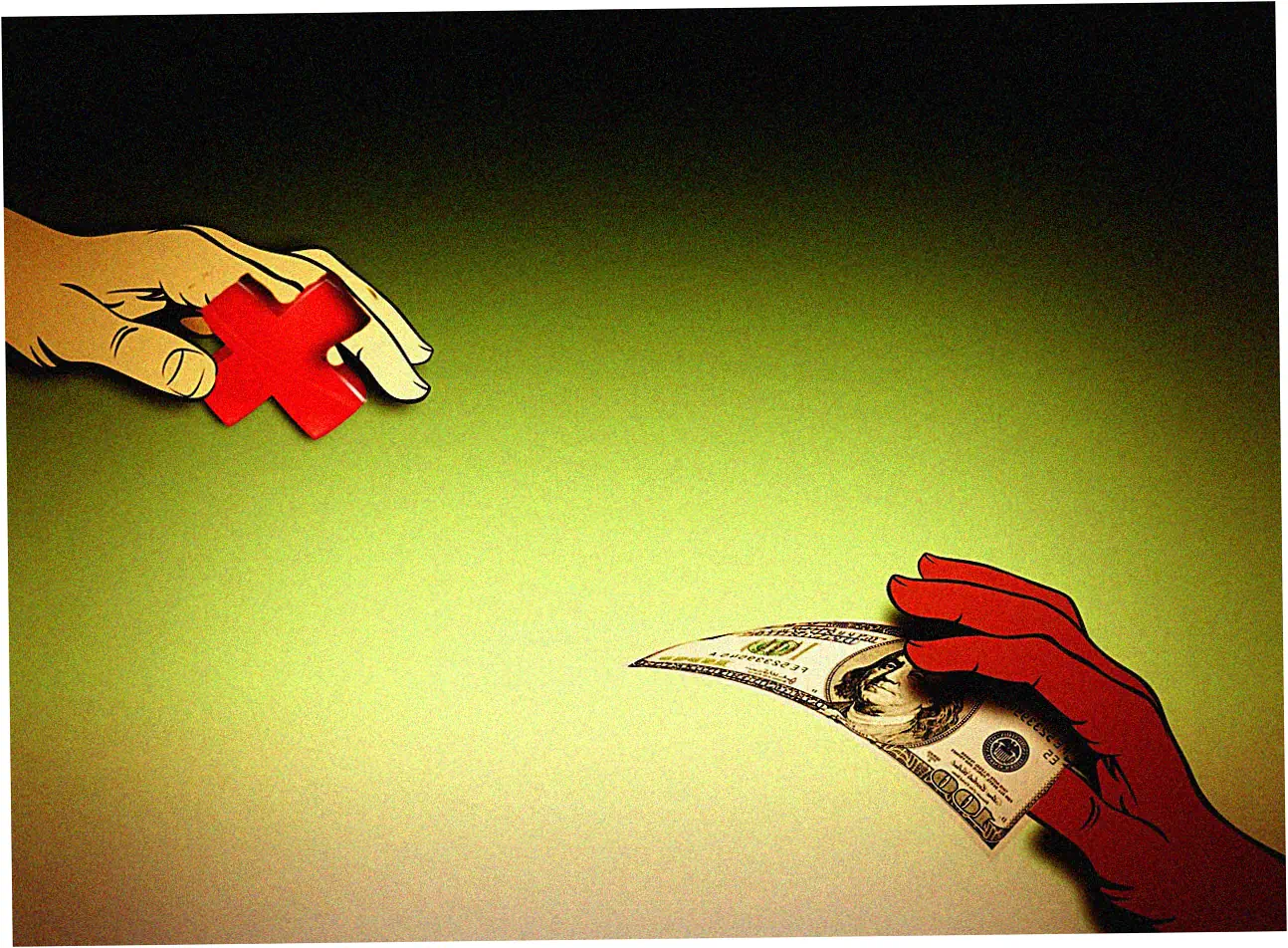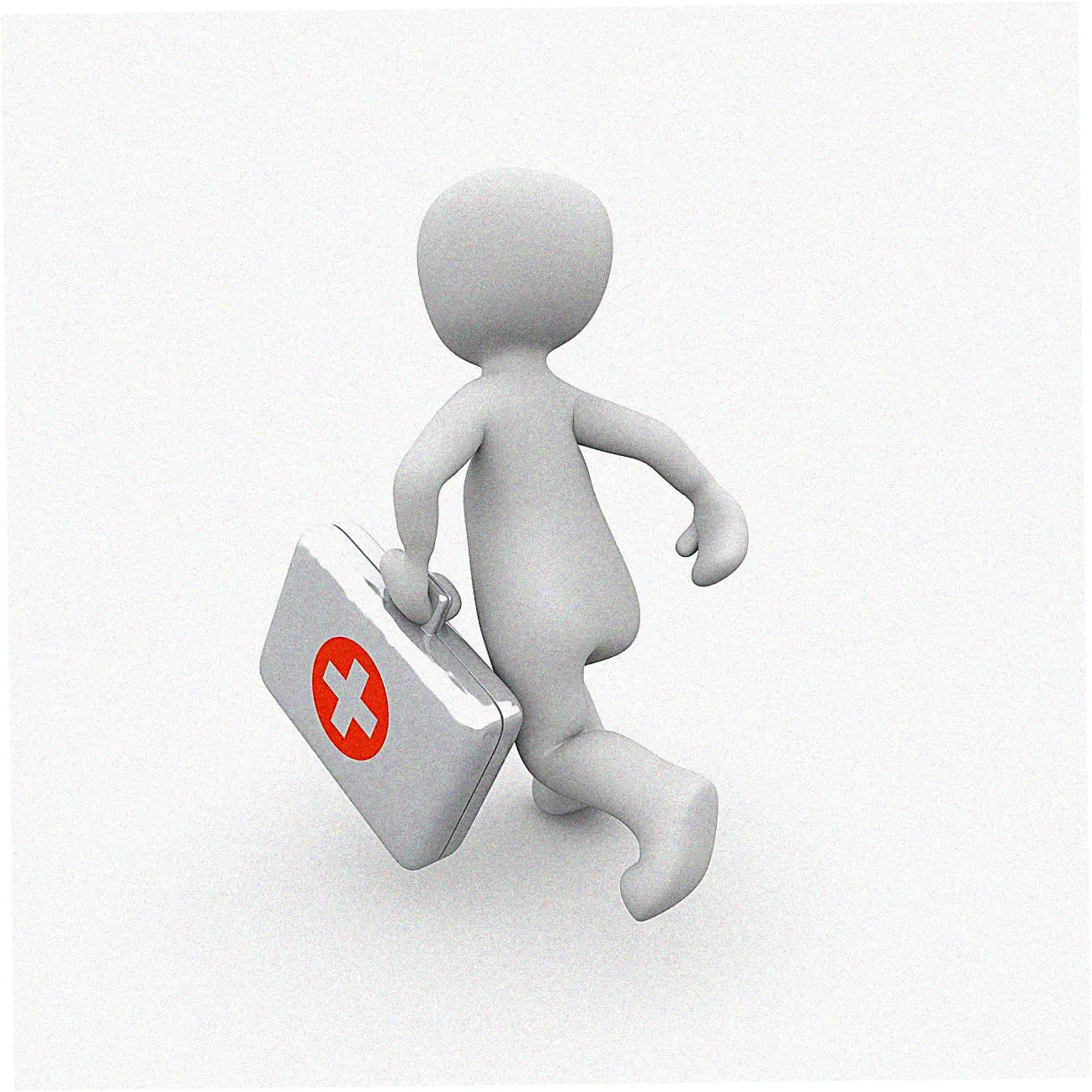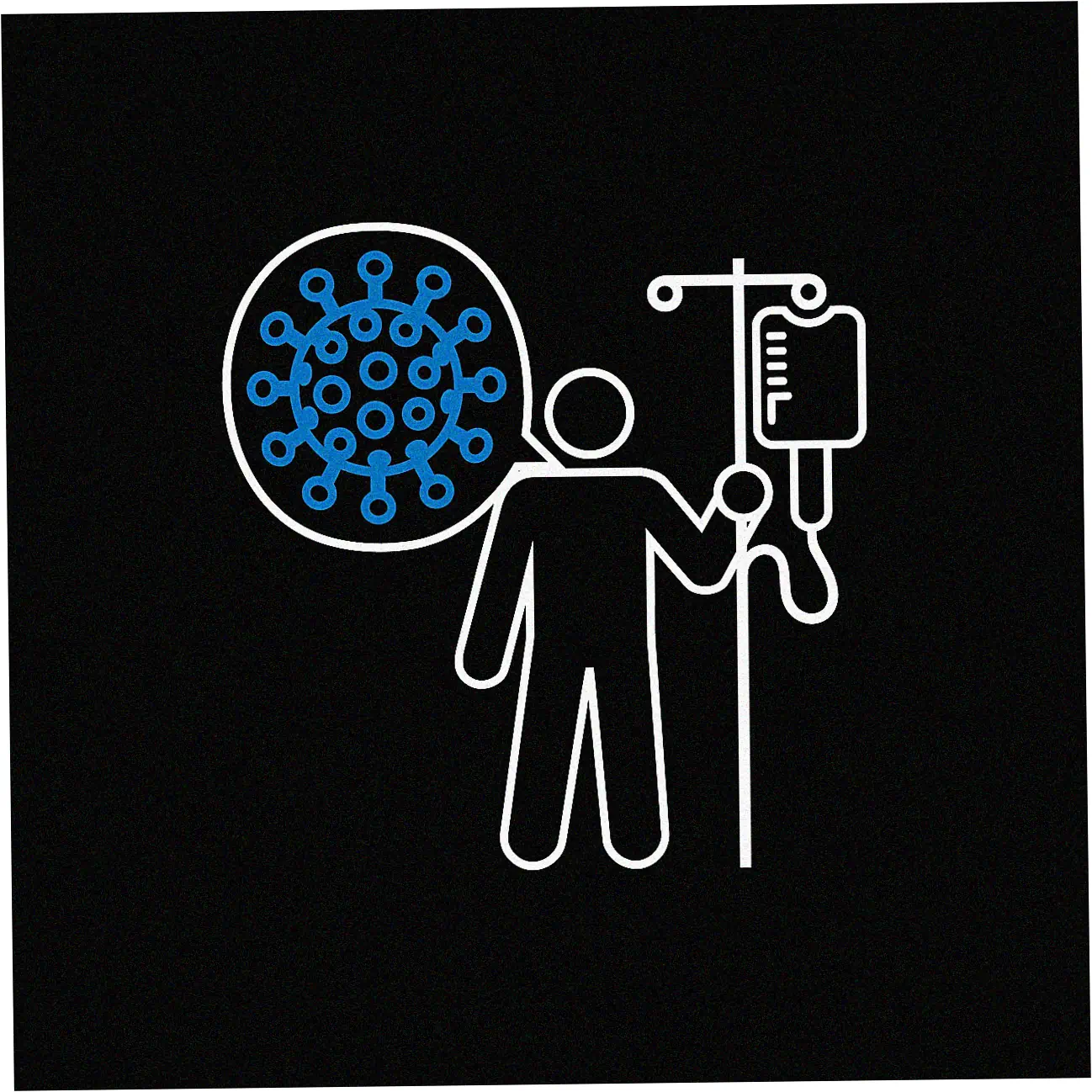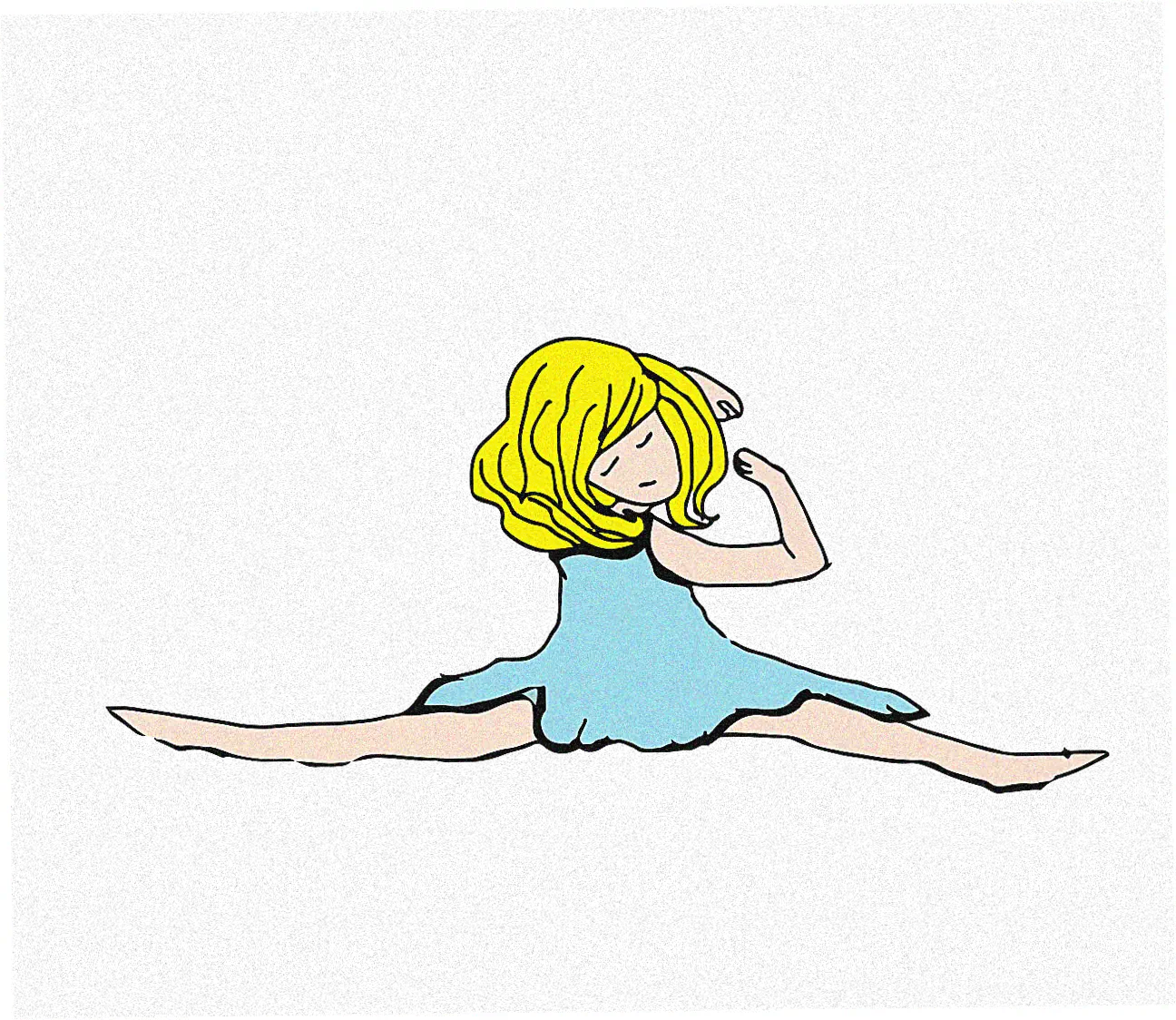Managing several credit card payments every month? It’s like your finances are a circus act that totally flopped. I know how it goes – due dates keep hopping around your calendar, and before you know it, the interest costs more than what you originally owed. Credit card debt consolidation isn’t just some fancy money term. It’s a real strategy that makes payments easier and can save you thousands on interest. Got five figures of debt? Or just want to tidy up your money situation? Learning how to consolidate your debts properly could be your way to financial peace of mind.
Table of Content
Let’s talk about credit card debt consolidation and what it really means.
So what exactly is debt consolidation?
Basically, debt consolidation means you take all your different credit card balances and combine them into one payment. You can do this with personal loans, balance transfer cards, or home equity products.
The Federal Reserve says most Americans have about $6,194 in credit card debt spread over several cards. That’s why consolidation looks so good to so many people. It’s not just about making things simpler.
The real goal is getting better terms so you can actually pay down what you owe faster. Instead of watching your money go straight to interest every month, you start making real progress.
Here’s why consolidation works so well – the math of credit card debt really adds up. When you’re stuck paying 18-25% interest on several cards, even your minimum payments don’t really reduce what you actually owe.
But if you consolidate to one payment at 8-12% with a personal loan, or even 0% with a balance transfer card, you completely change how you pay off your debt. I always tell people – consolidation doesn’t make your debt disappear.
It just rearranges it into something you can actually handle based on what you can afford and when you want to be debt-free.

So when does consolidation actually make sense for your wallet?
Here’s the deal – consolidation works best when your credit is good enough to get you better rates than what you’re paying now. Say you’re paying 22% on three cards but can get a consolidation loan at 11% – you just cut your interest payments in half.
The Consumer Financial Protection Bureau says people who succeed with consolidation usually have credit scores over 680 and keep their debt-to-income ratio under 40%. It’s not for everyone, but if you qualify, you can save a lot of money and feel really motivated seeing your progress.
Timing matters too. The best time to think about consolidation is when you’ve got your spending under control but still need help with the debt you already have.
If you’re still charging more to your cards every month, consolidation could actually make things worse later on. I learned this lesson myself – I consolidated $15,000 in debt.
then kept using my cleared-off cards and wound up with twice as much debt in just one year. To really make consolidation work, you’ve got to change the spending habits that got you into debt to begin with.

Evaluating Your Debt Consolidation Options
Balance Transfer Credit Cards Analysis
Balance transfer cards with 0% intro APRs can really help if you use them right. Just make sure the balance transfer fee – usually 3-5% – is worth it compared to what you’ll save on interest.
Say you move $10,000 from a 20% APR card to a 0% card for 18 months with a 3% fee – you’d save about $2,700 in interest, so that $300 fee is totally worth it. But you’ve gotta pay off the balance before the promo ends, because after that the rates usually go even higher than what you started with.
Here’s what people often miss – balance transfers can affect your credit score. When you open new cards, your average account age goes down and you get hard inquiries, which might drop your score by 5-15 points at first.
Plus, if you max out that new balance transfer card, it really hurts your credit utilization. I’d suggest keeping your transferred balance under 30% of the card’s limit to keep your credit score in good shape.
Bottom line – these cards work best when you have a solid plan to pay everything off, not just as a quick fix.

Personal Loans for Debt Consolidation
Personal loans have some nice benefits – you get fixed payments over 2-5 years, which makes your monthly bills predictable and easier to handle than credit cards.
Experian data shows people with good credit scores (680-739) pay about 10.5% on personal loans versus 16% on credit cards. That lower rate, plus watching your balance go down with each payment, makes personal loans a popular choice for debt consolidation.
Debt Consolidation Method Comparison
| Method | Typical APR Range | Best For | Key Considerations |
|---|---|---|---|
| Balance Transfer Cards | 0% intro, then 15-25% | Those who can pay within 12-18 months | Transfer fees, credit score requirements |
| Personal Loans | 6-36% | Structured repayment over 2-5 years | Fixed payments, no collateral required |
| Home Equity Loans | 4-8% | Homeowners with significant equity | Puts home at risk, closing costs |
| Debt Management Plans | 8-12% | Those needing professional guidance | Credit counseling required, fees apply |
But there’s a catch – while personal loans make payments simpler, you’re just swapping one type of unsecured debt for another. The danger is that once you pay off your cards, you might be tempted to run up new debt on them.
I always tell people not to close old credit cards right after consolidating, since that can hurt your credit utilization ratio. Instead, just put them away somewhere safe, or slowly lower their limits as you get better with money.

Let’s put your consolidation strategy into action
Setting up a payment plan you can actually stick with
First up, budget integration – you gotta fit that new single payment into your overall budget for debt consolidation to work Try the 50/30/20 rule – 50% for needs, 30% for wants.
20% for savings and debt – it helps balance your consolidation payments with everything else If that payment eats up more than 20% of your paycheck, you might need a longer repayment term or to cut back on fun spending The real trick is making a plan that doesn’t leave you stressed about money all the time.
Here’s a pro tip – set up automatic payments for your consolidated debt so you never miss deadlines, plus many lenders give you better rates for using autopay I put my $475 monthly payment on autopilot and had $50 moved to savings each week – this hands-off method cleared $22,000 in just over three years, no stress about due dates or fees.

What to do with your credit cards after consolidation
Now let’s talk credit card strategy – after consolidation, you might wonder how many cards to keep There’s no perfect number, but experts usually say 2-4 cards keeps your credit healthy without making things too complicated I keep three cards myself – one for regular bills on autopay, one for cashback rewards on stuff like groceries and gas, and one emergency card I keep tucked away This way you get the perks without the temptation to overspend.
About those cashback rewards – after consolidation is the perfect time to use cards that give you good returns without making you spend too much Pick cards that match your regular spending habits.
and make sure you pay off the full balance every single month The big change is seeing cards as handy tools, not borrowing crutches – if you can’t pay it off that month, you shouldn’t be putting it on plastic.
Let’s talk about how to steer clear of common debt consolidation traps
First up, spotting debt consolidation scams
Here’s how to spot red flags. The debt consolidation world has plenty of scammers offering quick fixes. Real companies won’t promise approval without checking your finances first.
They don’t charge big upfront fees or tell you to ignore your creditors. The FTC says if a company promises to wipe out your debt or settle it for almost nothing, they’re probably breaking the law.
Before you sign up, always check the company’s reputation with the Better Business Bureau and your state attorney general.
For real help, try nonprofit credit counseling agencies connected to the NFCC. They offer affordable debt management plans that actually work. They give free first meetings and usually get better deals from your creditors than you could on your own.
I always tell people to try NFCC counselors first before looking at for-profit companies. They give honest advice that helps your money situation long-term.
Now let’s talk about keeping debt from piling up again
You need to change your habits. The biggest danger isn’t the loan itself – it’s going back to the same spending that got you in debt. Wait 24 hours before buying anything over $100. Make a visual chart to track your debt payoff.
Start an emergency fund for surprise expenses. These steps stop you from slipping back. Harvard research shows people who see their debt going down on a chart are 25% more likely to stick with their payment plan.
Here’s your after-consolidation money checklist
| Timeframe | Action Items | Success Metrics |
|---|---|---|
| First Month | Set up payment automation, Create spending plan, Secure credit cards | All payments made on time, No new debt |
| 3-6 Months | Build $1,000 emergency fund, Review budget monthly, Check credit report | Emergency fund established, Credit score improving |
| 6-12 Months | Increase retirement contributions, Evaluate insurance coverage, Consider additional debt paydown | Net worth increasing, Debt decreasing faster than schedule |
Set up strong money systems to avoid debt problems later. Keep 3-6 months of living expenses saved up. Check your credit reports often for mistakes. Do money check-ups every three months to adjust as life changes.
Just remember – consolidation fixes the symptoms, but these habits tackle what causes ongoing debt.
Long-Term Financial Health After Consolidation
Rebuilding and Maintaining Good Credit
Here’s the thing about your credit score after consolidation – it’ll probably go up and down before it gets better. Those first credit checks and new accounts might knock it down a bit.
but stick with your payments and use less of your available credit, and your score should bounce back in about six months to a year. I checked my FICO score every week using my bank’s free tool.
and saw it jump 68 points in ten months just by keeping up with my consolidation payments – watching that progress really kept me going when things got tough.
When it comes to credit mix, having different types of credit – like installment loans, credit cards, and mortgages – really helps your score, though how many cards you need depends on your situation.
Once you’ve paid off those consolidation loans, think about keeping a couple credit cards open but paid off – this helps your credit history length and available credit. Just remember – it’s about using credit wisely, not having as much as possible.
Transitioning from Debt Management to Wealth Building
As your consolidation debt goes down, take those payment amounts and put them toward building your wealth instead. Right after my last consolidation payment.
I started automatically sending that $475 to my Roth IRA – keeping up the payment routine but now building up savings instead of paying down debt. This way, you avoid spending more as you make more money, and you steadily grow your net worth.
Once consolidation is done, set clear money goals – like retirement savings, college funds, or investing for bigger purchases down the road. Tools like the CFPB’s life planning worksheet can help you switch from just dealing with debt to actually building wealth. Keep in mind, debt consolidation isn’t just about getting out of debt – it’s about gaining real financial freedom and options.
Think of debt consolidation as a turning point in your money journey – your chance to start fresh with credit and develop lasting financial habits. Sure, it takes discipline and some short-term sacrifices.
but if you’re juggling several high-interest debts, the payoff is huge – simpler payments, less interest, and better credit down the road. The point isn’t just shuffling your debts – it’s setting up a system that wipes out debt for good and makes you financially stronger.
Ready to get handle on your credit card debt? Share your consolidation questions or wins in the comments, or grab our free Debt Consolidation Calculator to start your personalized payoff plan right now!
FAQ About Credit Card Debt Consolidation
Will consolidating your credit card debt mess up your credit score?
When you consolidate debt, your credit score might dip a bit at first because of credit checks and new accounts. But don’t worry – it usually bounces back and gets better over time.
That’s because you’ll use less of your available credit and make regular payments. Most folks see their scores recover in about six months to a year, once they show they’re handling the payments responsibly.
So what’s the real difference between debt consolidation and bankruptcy?
With debt consolidation, you’re just reorganizing what you owe into payments that are easier to handle. You still pay back everything you borrowed. Bankruptcy is different – it’s a legal process that can wipe out some or all of your debts. But it stays on your credit report for 7 to 10 years and really hurts your credit.
What if my credit’s not great – can I still consolidate my credit card debt?
Even with poor credit, you’ve got some options. Certain lenders focus on helping people with bad credit get consolidation loans, but expect to pay higher interest rates.
You could also try secured loans where you put up something as collateral, or get help from nonprofit credit counseling agencies. These are good backup plans when regular consolidation isn’t an option.
How long does debt consolidation show up on your credit report?
Consolidation loans usually stay on your report for up to 10 years after you pay them off, just like other installment loans. The good news is, your on-time payments keep helping your score the whole time. Any negative marks from before will drop off after seven years.